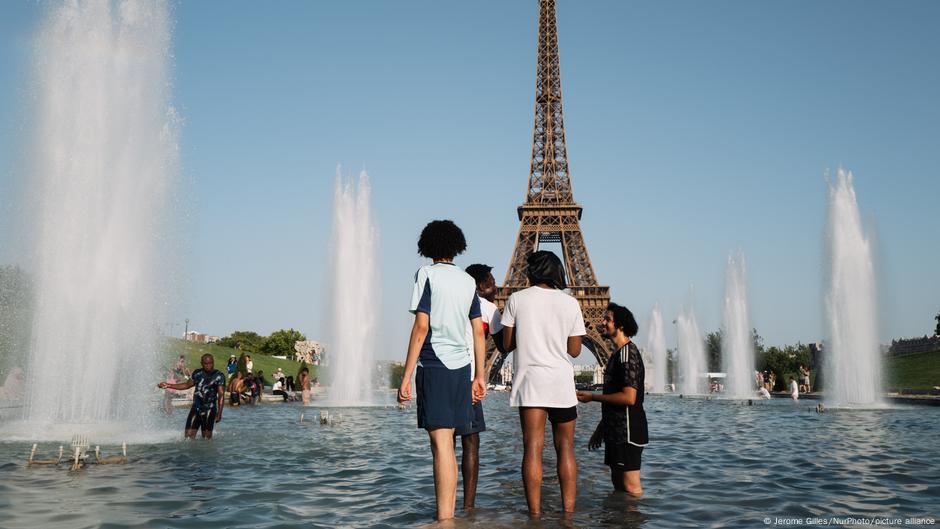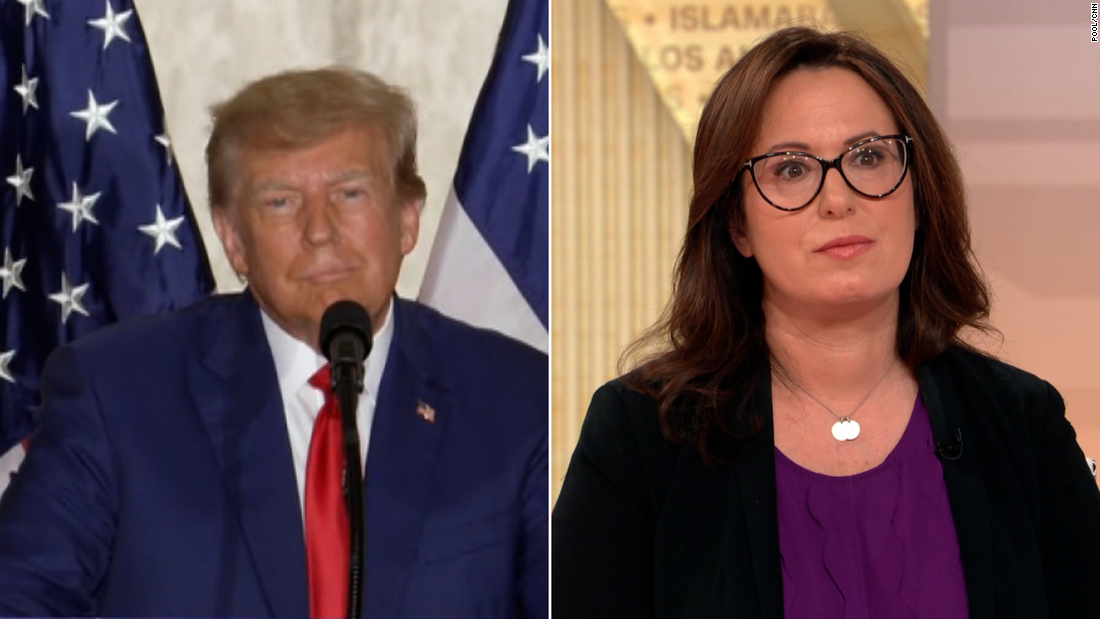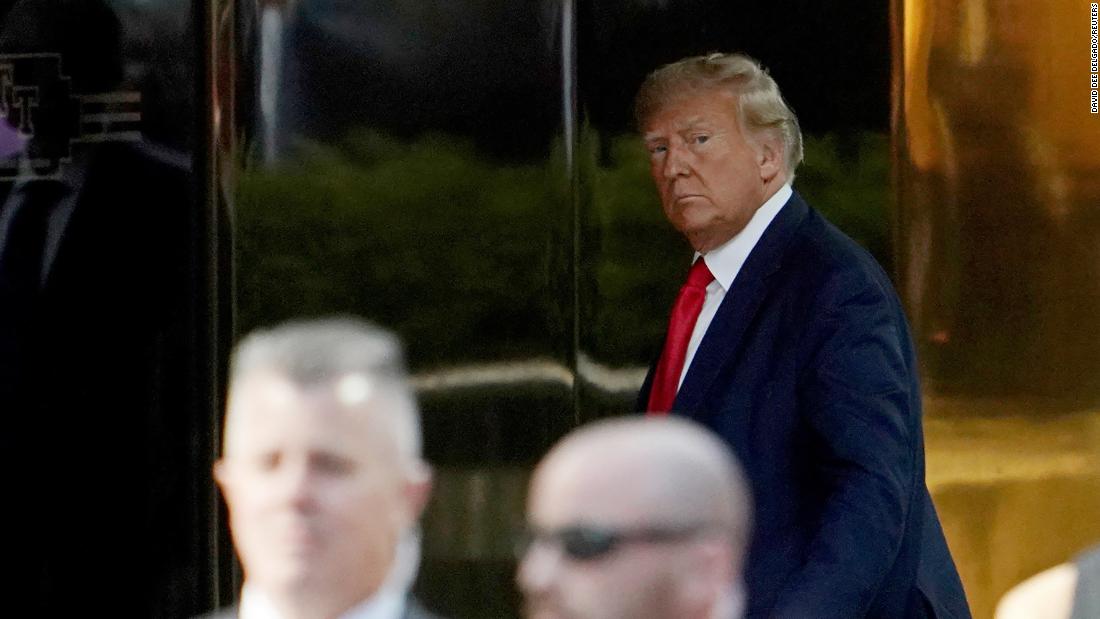PoliticsGermany
Germany updates: Merz backs not flying rainbow flag
Kieran Burke with dpa, AP, AFP, ReutersPublished 07/02/2025Published July 2, 2025last updated 07/02/2025last updated July 2, 2025
https://p.dw.com/p/4wmJCThe German chancellor supported the decision made by the president of Germany’s lower house of parliament, the Bundestag, not not to fly the flag on the ReichstagImage: Jörg Carstensen/dpa/picture allianceAdvertisementSkip next section What you need to know
What you need to know
German Chancellor Friedrich Merz said only the national flag and the European flag could be flown on the building housing Parliament and that people could fly whatever flag they wished on their own doorstep.
A few days ago, conservative Bundestag President Julia Klöckner announced the flag would not be flown on the Reichstag building to mark Pride celebrations.
Meanwhile, Germany along with other European countries, is bracing for more extreme heat, with temperatures expected to reach 40-degrees in some parts.
Below, you can catch up with the latest mix of news, analysis and background articles that has Germany talking on Wednesday, July 2.
Skip next section Dozens rescued from German train07/02/2025July 2, 2025
Dozens rescued from German train
As Germany and Europe grapple with a days-long heat wave, some 48 passengers had to be rescued from a train in the town of Elsfleth in northern Germany on Tuesday evening after it became stuck on a rail bridge.
The train was forced to make the unplanned stop due to a technical fault, which also caused the air conditioning to work at limited capacity.
As the carriages became hotter and hotter, the passengers called the local emergency rescue services, who were able to extract them from the bridge.
State police and ambulances rushed to the site to attend to the passengers and crew. Two teenage passengers had to be taken to a local hospital but no one was seriously hurt.
https://p.dw.com/p/4wmUHSkip next section Wednesday expected to be hottest day of the year in Germany07/02/2025July 2, 2025
Wednesday expected to be hottest day of the year in Germany
Extreme heat warnings have been issued for parts of the country by the German Weather Service (DWD) with temperatures forecast to reach 40 degrees Celsius (104 degrees Fahrenheit).
“It is quite possible that we will locally reach 40 degrees,” A DWD spokesman said.
As a result of the high temperatures, the risk of forest fires would rise on Wednesday, the DWD said, however, that would drop on Thursday, when cooler weather was expected.
According to the DWD, it is not just the heat that is cause for concern; thunderstorms are also expected in parts of the south by midday.
Health experts have cautioned that young children and older adults are particularly vulnerable to higher temperatures.
Europe bakes under ‘heat dome’
To view this video please enable JavaScript, and consider upgrading to a web browser that supports HTML5 video
https://p.dw.com/p/4wmLiSkip next section Merz supports not flying rainbow flag on German parliament during Pride07/02/2025July 2, 2025
Merz supports not flying rainbow flag on German parliament during Pride
Germany Chancellor Friedrich Merz has supported a move not to fly the rainbow flag — a symbol of the LGBTQI+ community — on the Reichstag building in Berlin during Pride celebrations.
Days ago, Bundestag President Julia Klöckner of the conservative Christian Democratic Union (CDU) announced that the rainbow Pride flag would not fly from the parliament building, the Reichstag, on Christopher Street Day on July 26, as it has done for the past couple of years.
Klöckner also decided that LGBTQ+ members of the Bundestag administration were not to attend the CSD parade in an official capacity.
The decision not to raise the flag at parliament was criticized by opposition parties the environmentalist Greens and the socialist Left Party, among others.
When asked about that decision, Merz told German public broadcaster ARD on Tuesday that “the Bundestag is not a circus tent” on which flags can be hoisted at will.
“On all other days, the German flag and the European flag are flown on the German Bundestag, and no others. And this decision is the right one,” Merz said.
Everyone can fly whatever flags they want on their own doorstep, said the chancellor. “But we’re talking about the German parliament here, and in the German parliament, we don’t fly any flags every day, but the German national flag and the European flag,” he said.
While you’re here: Every Tuesday, DW editors round up what is happening in German politics and society. You can sign up here for the weekly email newsletter, Berlin Briefing.
https://p.dw.com/p/4wmKVSkip next section Germany’s Daimler Truck planning vehicle assembly operation in Senegal07/02/2025July 2, 2025
Germany’s Daimler Truck planning vehicle assembly operation in Senegal
Commercial vehicle manufacturing giant, Daimler Truck, announced that it had signed a letter of intent to have lorries from various Mercedes-Benz series assembled in the West African country of Senegal.
The manufacturer said it is supporting the establishment of an assembly plant in the West African state and will then supply components that will be assembled there.
“With this project, our vehicles will enter the Senegalese market in close coordination with the German Federal Government. The delivery of CKD kits for on-site assembly, the transfer of know-how and comprehensive technical advice are our contributions to a successful, partnership-based cooperation,” said Franziska Cusumano, CEO of Mercedes-Benz Special Trucks.
The plant is intended to supply special vehicles for defence, disaster relief and municipal tasks for the Senegalese market.
Daimler Truck currently has locations on the continent in South Africa and Kenya.
https://p.dw.com/p/4wmQASkip next section Welcome to our coverage07/02/2025July 2, 2025
Welcome to our coverage
Kieran Burke with dpa, AP, AFP, Reuters | Zac Crellin Editor
Guten Morgen from a sweltering Bonn.
In today’s coverage from Germany you can read more about the decision not to fly the rainbow flag on the Reichstag building in Berlin.
With severe weather warnings in place for much of the country, we’ll be keeping track of how people are coping as the mercury looks set to hit the 40 degree mark in some parts.
For all of the latest news from Germany, stay tuned here.
https://p.dw.com/p/4wmJVKieran Burke News writer and editor focused on international relations, global security and law enforcement.Send us your feedbackYour feedback
Sursa: DW









